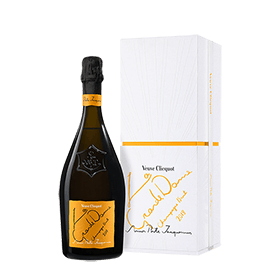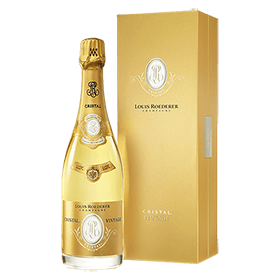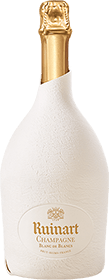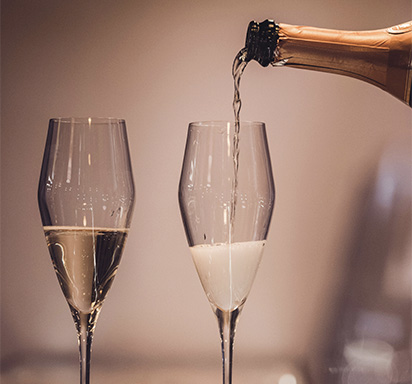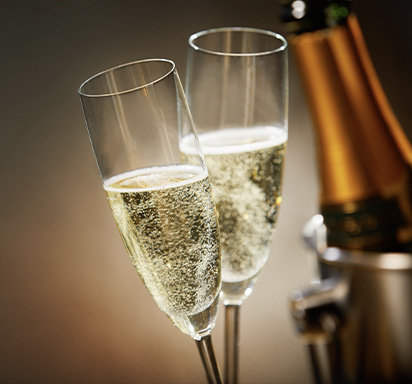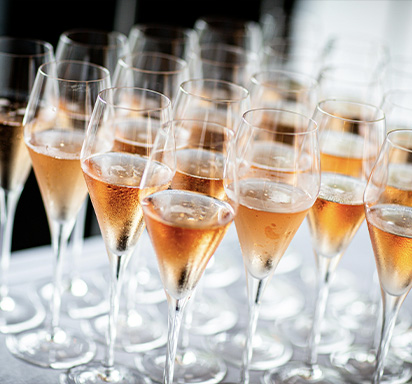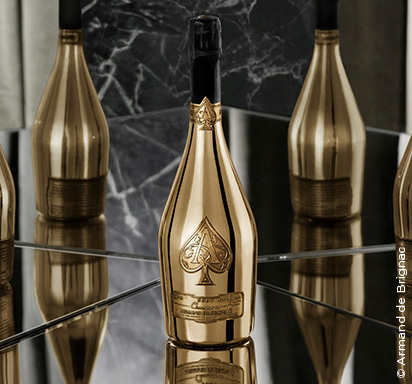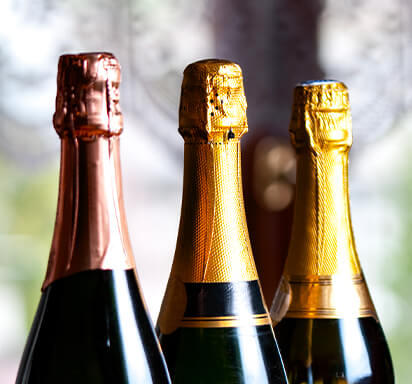Prosecco vs Champagne : what is the main difference ?
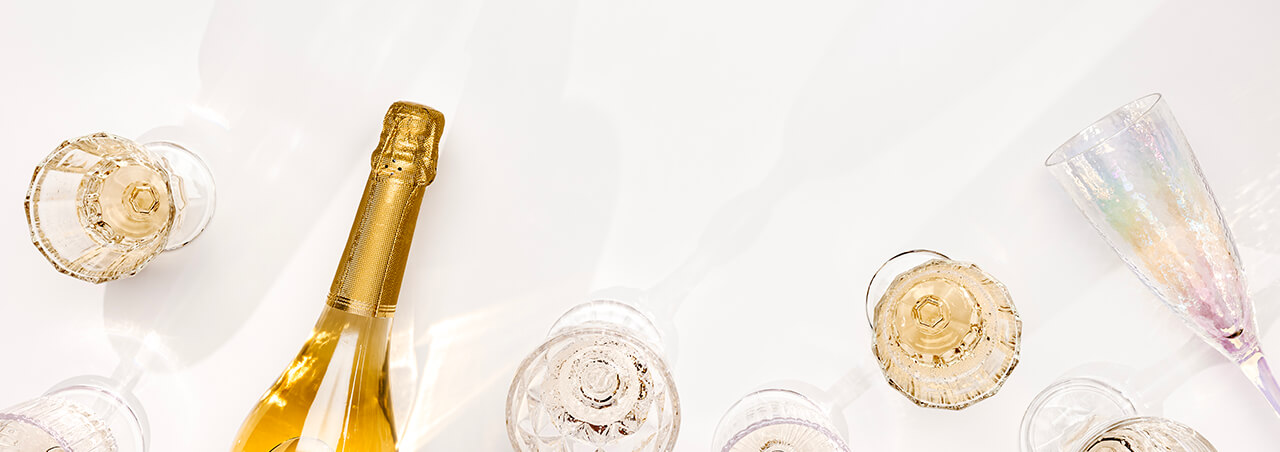
Prosecco and Champagne… We are sure you have already heard about two of the best sparkling wines out there. In this article we will explore some of the key differences between these two enormously successful styles of bubbly!
Prosecco and Champagne… We are sure you have already heard about two of the best sparkling wines out there. You may even have had the chance to taste a bottle of one or the other. Champagne, Prosecco and Cava are all sparkling wines produced from grapes through a second fermentation process that results in the appearance of bubbles. But do you know the difference between Champagne and Prosecco? In this article we will explore some of the key differences between these two enormously successful styles of bubbly!
WINE REGION OF ORIGIN
First and foremost, Champagne and Prosecco come from different wine regions. The sparkling wine of Champagne hails from the northeastern area of the French wine map, from the eponymous Champagne region, whose capital town of Reims is situated just 90 miles from Paris. A sparkling wine can only legally be called Champagne if it comes from the Champagne region of France.
Meanwhile, the production area of Prosecco spans from the Friuli Venezia Giulia region on the border of Slovenia to the Veneto region of the Italian wine map. Some of the best Prosecco wines come from the Conegliano Valdobbiadene area, 20 miles from Venice.
GRAPE VARIETIES USED IN PROSECCO VS CHAMPAGNE
One key Prosecco vs Champagne difference comes from the grape varieties used to produce each. Champagne is a sparkling wine most often produced from a blend of three grapes known as the Champagne Blend: Chardonnay, Pinot Noir and Pinot Meunier. Of course, there are exceptions to this. Blanc de Blancs Champagnes are produced with 100% Chardonnay grapes, while Rosé Champagnes and Blanc de Noirs Champagnes can be made from Pinot Noir, Pinot Meunier or a blend of both.
Prosecco, on the other hand, is a sparkling wine produced mostly from one grape variety: the local Glera grape. Some winemakers, however, choose to blend Glera with other grapes, like Chardonnay, Pinot Bianco, Pinot Grigio, Verdiso, Bianchetta Trevigiana and Perera.
METHOD OF PRODUCTION OF THESE WINES
Another major difference between Prosecco and Champagne has to do with how they are produced, specifically the secondary fermentation process of Champagne vs Prosecco. Both wines undergo a primary fermentation to produce a base wine, which then goes through a second fermentation resulting in bubbles. However, the conditions under which this secondary fermentation takes place differ between these two wine styles. Sparkling wines like Champagne and Cava from Spain are made using a technique called the methode Champenoise (also known as the Champagne method, methode traditionnelle or traditional method). By this method, secondary fermentation happens in the bottle, as the base wine sits on dead yeast cells, known as lees. The bottle is gradually riddled or tipped upside down, allowing the lees to collect in the bottleneck before being removed through a process known as disgorgement. After the addition of dosage (sugar), the bottle is left to age for a minimum of 1.5 to 3 years before release.
Prosecco is a sparkling wine produced by the Charmat method (also known as the tank method). By this method, the second fermentation takes place in large stainless steel tanks instead of in the bottle. As the tank method takes a significantly shorter time and is much less costly, Prosecco wine tends to be significantly less expensive than Champagne. Both Champagne and Prosecco can be produced as a non-vintage (blending several vintages) or as a single-vintage bottling. Also, a few very prestige Proseccos are now made using the traditional method.
FLAVOR PROFILE OF PROSECCO VS CHAMPAGNE
Differences in production method translate to differences in flavor profile between Prosecco, Champagne and Cava. A wine like Champagne or Cava, which spends time in contact with dead yeast (or lees) tends to have more autolytic aromas of bread, toasted brioche, biscuits and dough. These yeast aromas blend with the varietal aromas of the wine, which may include citrus fruit, stone fruits, tropical fruits and even red fruits (in the case of rosé Champagne). The high-pressure aging in bottle creates very persistent and fine bubbles. As Champagne ages, it can also reveal more dried fruit and nutty aromas, like almonds and toffee.
In the case of Prosecco, the wine does not usually spend time on the lees, so the flavor profile is more expressive of the Glera grape variety. Prosecco wine reveals fresh aromas of apples, melon, pear and honeysuckle on the nose. The winemaking process in large tanks takes place under less pressure, resulting in lighter and spritzier bubbles than those of Champagne.
WINE AND FOOD PAIRING CHOICES
Both Champagne and Prosecco are ideal food pairing wines, thanks to their naturally elevated levels of acidity and fine effervescence. However, their different flavor profiles lend them to different food and wine pairings. While premium Prosecco can be quite cerebral and complex on the nose, most Prosecco is easy to drink and known for its light, fruity style. Inexpensive Prosecco is perfect to enjoy in a mimosa at brunch. Higher quality bottlings like those of Federico Martinotti, will go beautifully with cheese, charcuterie, summer salads and fresh seafood. More expensive, lees-aged vintage Prosecco can be served with noble fish dishes or even a creamy meat dish.
While Champagne ranges from simple non-vintage Brut styles to incredibly complex single-vineyard and vintage Champagne bottlings, they have in common their characteristic yeast aromas of brioche and toast. Champagne from top brands like Moet & Chandon also tend to have a fine, elegant effervescence which lends them to pairings with fresh shellfish like oysters and clams. Creamier vintage Champagne will go beautifully with poached lobster in a butter sauce or veal in a creamy mushroom sauce. These wines also pair very well with fatty and salty comfort foods like fried chicken or potato chips.
AGING POTENTIAL OF PROSECCO VS CHAMPAGNE
Different production techniques also lead to differences in the aging potential of Prosecco and Champagne. For the most part, Prosecco is made to be consumed early and is generally not meant to be aged. Of course, there are exceptions to this rule, including premium and vintage Prosecco bottlings.
Champagne, on the other hand, usually has great aging potential. Some of the best vintage Champagnes can evolve beautifully over the course of two decades in your cellar. This makes Champagne one of the best investments in the world of wine.
ANY QUESTIONS? WE WOULD LOVE TO ANSWER THEM!
Still not sure whether to choose a bottle of Prosecco or Champagne for a special occasion? Have questions about where to find these wines in England or in the U.S? Do not hesitate to contact our team directly! Our wine experts are ready to provide you with customized recommendations with your style preferences and budget in mind. Or, stop by at our Manhattan boutique in the Upper East Side of New York in the U.S. and we will be happy to assist you in person!
Our collection includes the most illustrious champagnes brands such as Veuve Clicquot Champagne, Bollinger Champagne, Armand de Brignac's Ace of Spades, Dom Pérignon and more. Discover our array of fine Champagnes.
You may like
Brut and Extra Dry Champagne differ in sweetness, with Brut being drier and Extra Dry slightly sweeter. Learn their flavor profiles, food pairings, and which one suits your preference for celebrations and special occasions.
3/17/2025Prosecco and Crémant are both sparkling wines, but their differences lie in production methods, flavor, and origin. Learn about the Charmat and traditional methods, the taste profiles, and the best food pairings for each wine.
1/31/2025Whether you're hosting a small party or a large-scale event, Champagne is the perfect companion for any celebration. But do you know how many bottles to order for your event? Find out now!
1/17/2025Armand de Brignac, the "Ace of Spades," blends centuries-old winemaking by the Cattier family with Jay-Z's flair. Known for its luxurious taste and iconic hand-finished bottles, it offers five prestigious cuvées.
10/8/2024Nothing screams celebration quite like popping open a fine bottle of Champagne at one of your special events. But how do you choose a bottling that matches your event? For a wedding, a meal with friends or a birthday celebration..
4/3/2023Champagne (or sparkling wine in general) is the wine of choice when it comes to celebration. But what sets it apart from the other fine wines of the world? The answer is simple: the bubbles.
3/7/2023

